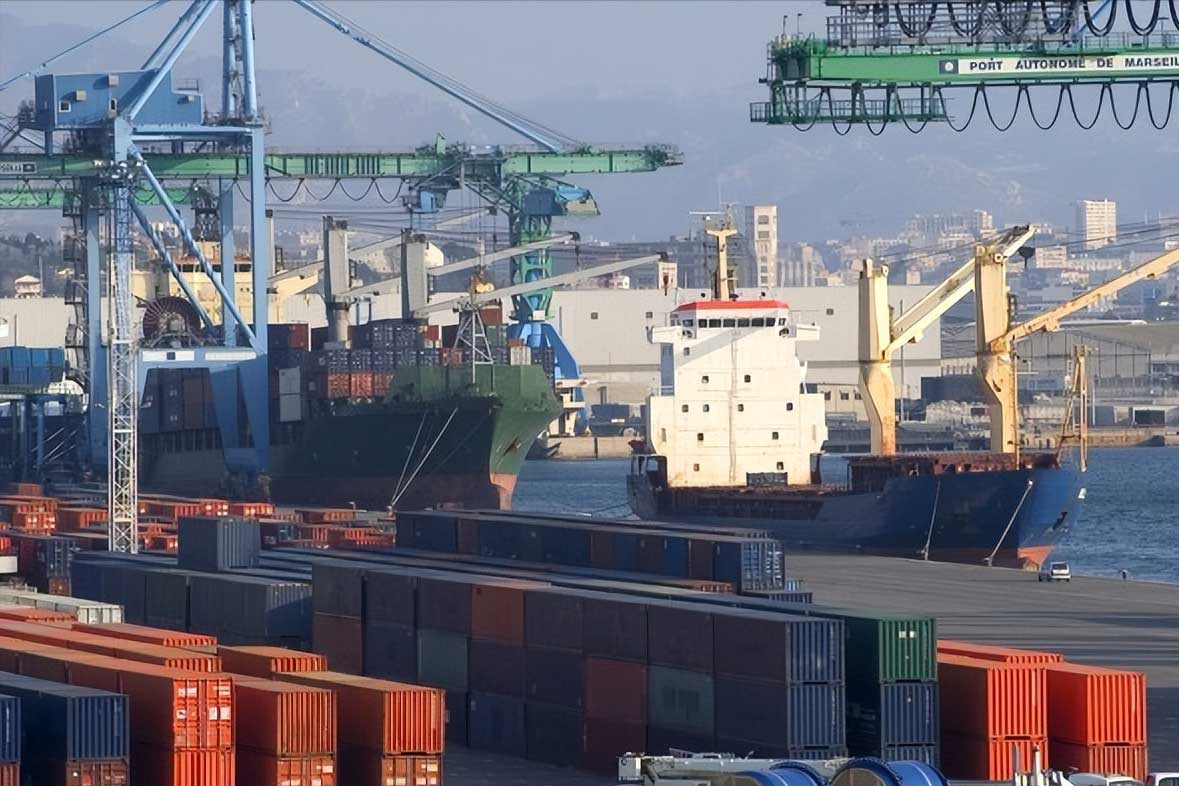
Understanding the Current Foreign Trade Environment
With the gradual recovery of the global economy, the foreign trade environment in 2025 presents new challenges and opportunities. Enterprises need to more accurately grasp market dynamics and understand trade policies and market demands in different regions. For example, some regions may have strengthened inspection standards for imported goods, while others may have relaxed import restrictions due to economic stimulus policies.
Market Analysis and Selection
Selecting the right market is key to foreign trade success. Enterprises should use data analysis tools to evaluate the economic conditions, consumer behavior, competitors, and potential legal risks of target markets. Additionally, considering cultural differences and localization needs is essential. For instance, some regions may have preferences for specific colors or designs, which should be incorporated into product design and marketing strategies.
Compliance and Risk Management
In global trade, compliance is the foundation for protecting enterprise interests. This includes, but is not limited to, adhering to international tax laws, anti-money laundering regulations, export control rules, etc. Enterprises should establish comprehensive compliance systems and conduct regular risk assessments and compliance reviews. Meanwhile, rational use of insurance and contract terms can effectively reduce trade risks.
- Regularly update the trade policy knowledge base
- Establish internal compliance training mechanisms
- Collaborate with professional legal advisors to ensure the rigor of contract terms
Logistics and Supply Chain Optimization
Efficient logistics and supply chain management are crucial for ensuring timely delivery of goods to customers. Enterprises should consider diversified logistics solutions, such as sea freight, air freight, and rail transport, to adapt to different transportation needs and cost budgets. Simultaneously, using advanced supply chain management software enables real-time monitoring of inventory and logistics status, improving response speed and customer satisfaction.
Technology and Innovation Applications
In 2025, the application of technology in foreign trade will become more widespread. From blockchain technology ensuring transaction transparency and security to AI applications in customer service and market forecasting, technology is becoming a vital tool for enhancing competitiveness. Enterprises should actively explore the application of these new technologies to improve operational efficiency and market insights.
In summary, the foreign trade import and export sector in 2025 is full of variables and opportunities. By deeply understanding the market environment, optimizing supply chain management, strengthening compliance measures, and actively applying new technologies, enterprises can better navigate the waves of global trade and achieve sustained growth and success.


 Follow Customer Service WeChat
Follow Customer Service WeChat